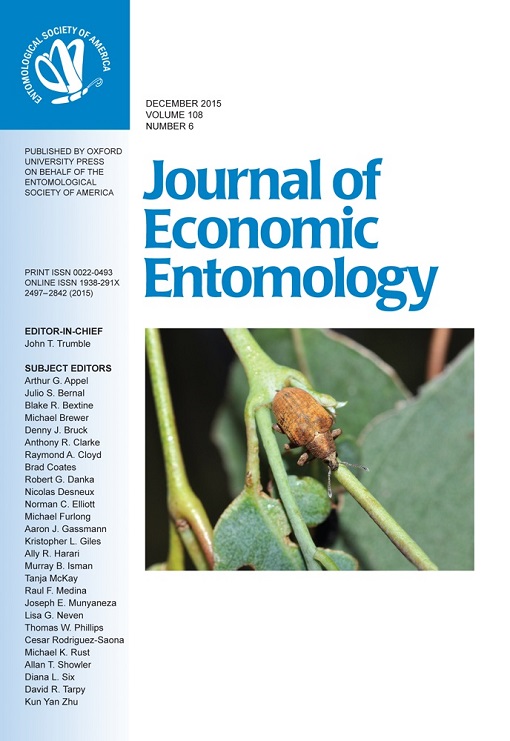In this study, we evaluated phosphine efficacy against two strains of the confused flour beetle, Tribolium confusum Jacquelin du Val (Coleoptera: Tenebrionidae), one laboratory strain, with no previous exposure to phosphine, and one field strain, originated from the flour mill on which we performed the fumigation. The standard Detia Degesh Phosphine Resistance Kit showed that the adults of the field strain of T. confusum required 4.4 × longer time to be knocked down than the laboratory strain. In order to assess the efficacy of phosphine in the field against these strains, aluminium phosphide (AlP) was applied in a flour mill in Czech Republic, in 2014. In this application, temperature among the six floors of the flour mill varied between 20 and 30°C, relative humidity (RH) between 44 and 78%, and phosphine concentration-time-products (CtP) between 24 and 38 g.m-3.h-1. Moreover, the insects were bioassayed in dishes that contained either no commodity or 1, 3, and 5 cm of flour. Nevertheless, despite these variations, all adults and larvae from both strains were dead, regardless of the floor, the quantity of the commodity, and the conditions prevailing. However, larval emergence from eggs that were used in the bioassays for both strains was recorded in some of the locations tested. In addition, larval emergence was negatively correlated with both temperature and RH. At the same time, emergence was generally similar between strains. The results of the present study illustrate that highly visible dead adults and larvae after the application of phosphine falsely imply good fumigation efficacy, given that a considerable number of eggs are very likely to survive in a wider range of conditions, and the concomitant larval emergence may result in rapid population grown right after the fumigation.
How to translate text using browser tools
1 December 2015
Susceptibility of Two Strains of the Confused Flour Beetle (Coleoptera: Tenebrionidae) Following Phosphine Structural Mill Fumigation: Effects of Concentration, Temperature, and Flour Deposits
R. Aulicky,
V. Stejskal,
B. Frydova,
C. G. Athanassiou
ACCESS THE FULL ARTICLE
It is not available for individual sale.
This article is only available to subscribers.
It is not available for individual sale.
It is not available for individual sale.
flour
fumigation
mill
phosphine
Tribolium confusum





